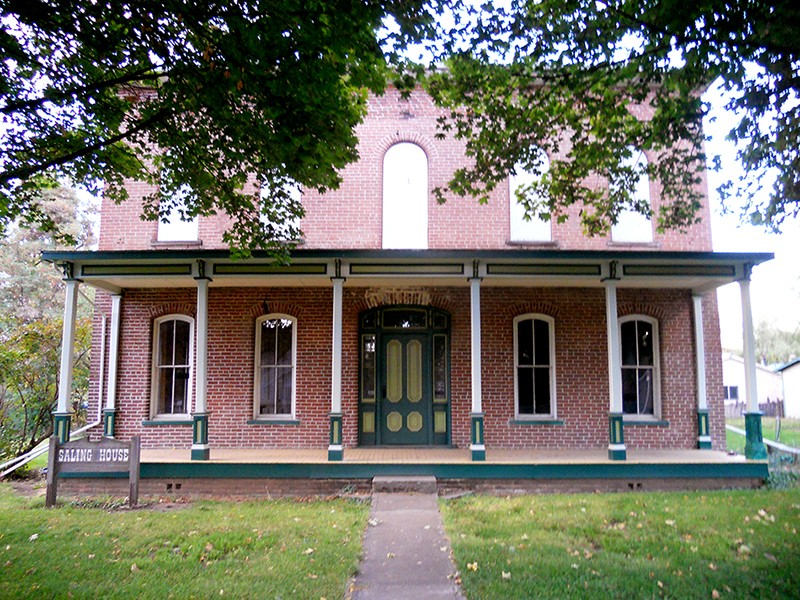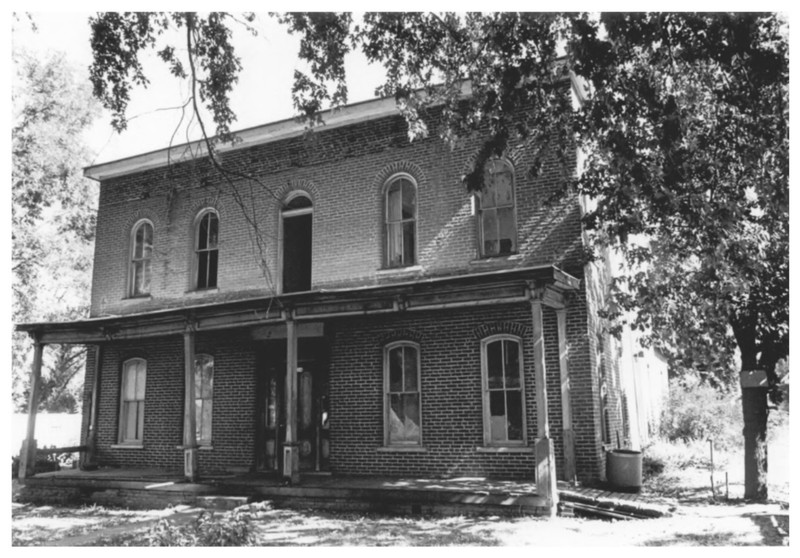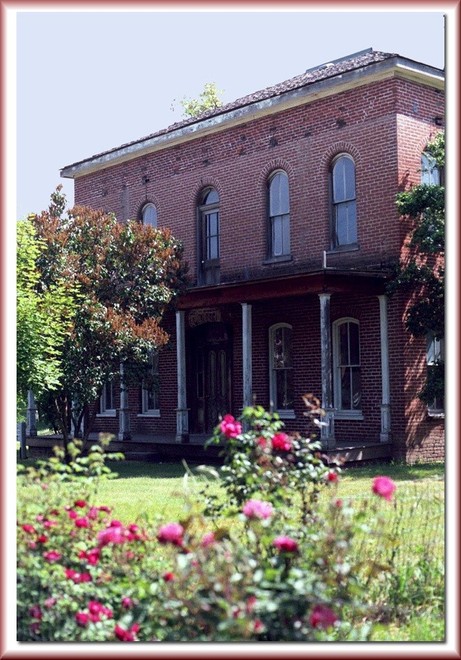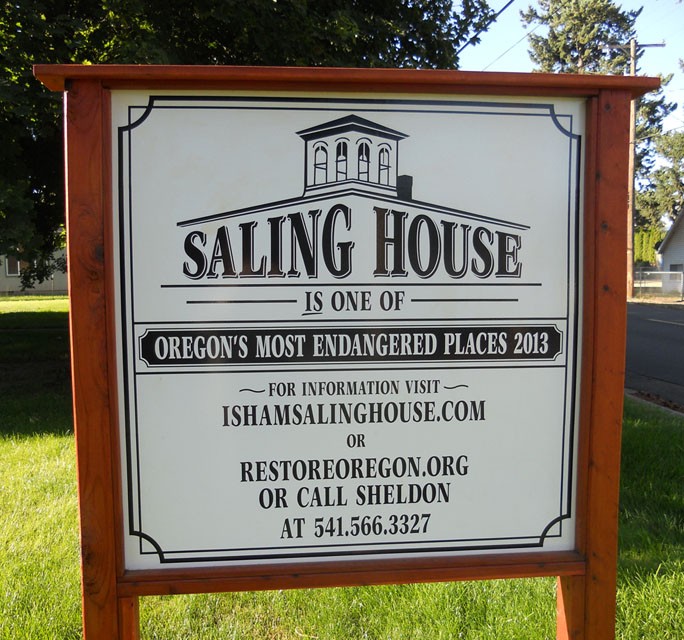Isham Saling House
Introduction
Text-to-speech Audio
The Isham Saling House was constructed In 1880 in Weston, a small town In the northeast corner of Oregon. The two story red brick structure has a truncated hipped roof which was surmounted by a belvedere (removed about 1947). The building Is a symmetrical example of the Italian Villa style.
The Saling House, built in 1880, Is the largest historic brick house in Weston, Oregon, a town with unique historical distinction, Isham Saling was the leading merchant In Weston and the first farmer to prove the fertility of the upland soil. He was also part owner of the Brick Hotel, three brick stores, and large amounts of farmland and livestock. The home of Isham and Melinda Morton Saling is an unusual and Important Oregon example of the Italian Villa style, Belvedered structures were never common, and brick structures of this period are practically unknown
Images
Isham Saling House

Isham Saling House

Isham Saling House

Isham Saling House

Backstory and Context
Text-to-speech Audio
The house, which Includes a full-length front porch with balustrade (now missing), a large back porch (now missing) with similar detail, an original small brick kitchen wing, and a nearby brick cellar, Is located on Water Street just east of two large maple trees. A double parlor with sliding double doors ts located on the north side of the central hall plan. It was divided, according to a newspaper account in 1936, into a formal, seldom-used front parlor and a room formerly known as the “Billiard Room." The south side was divided into three rooms, In addition to the kitchen located in the wing. The front room, which features a small fireplace with a segmental arch and marble facing (now missing), was the bedroom of Mrs. Isham Saling in 1936. It is possible that the front room was a sitting chamber and the narrow adjoining room to the east was a sleeping chamber, office or study. A square room thought to be a dining room is located in the southeast corner, connected to the sleeping chamber, the central hall, the kitchen, and to a small space located at the back of the central hall, thought to be a pantry. A cupboard and pass-through connects this space with the adjoining kitchen. The upstairs is divided Into six bedrooms heated by four stoves. One Is located above the fireplace, one connects to the kitchen flue, and two are located directly above the parlor stoves. Both the first and second floor ceilings are twelve feet high. The attic space, visible from the extant cupola stairs, is large. The celling of the second floor Is located at the bottom of the outside bracketed frieze (now missing). This area has two joist systems and was used for drying food.
The brick for the Saling House was made several blocks northwest of the site, in the local brickyard which was partially owned by Mr. Saling. The same yard also made the brick used in all the surrounding communities. The brickmaker's residence, the Nelson House constructed in 1865 and located on Water Street in front of the brickyard, contains the same curved brick detail surrounding the windows and doors as that found in the Sal Ing House. The Saling House has segmental arched openings on the ft rst floor similar to several brick houses in Weston. The upper-story openings are round-headed, as were those of the now-missing wooden belvedere. None of these openings have keystone detail.
The woodwork included a large bracketed cornice and smaller porch detail, double hung windows two lights over two, moulded raised paneled doors, ornamented window and door casings, and a handsome staircase with a heavy turned newel and delicately turned spindles connected by a solid oak banister. These Items were probably factory made.
Other more common ornament such as the beaded stair stringer and corresponding flat cove mouldings, the moulded baseboard and the chamfered detail in the downstairs windows were more likely formed by the carpenters. The heavy four-paneled front door Is surrounded by a transom and side lights which originally contained etched glass. The tall sliding double doors separating the double parlor are six panel, three panels over three. The interior surfaces are plaster over brick except the north south interior divisions. The major rooms of the house have ceiling rosettes and a plaster cove moulding.
Sources
National Register for Historic Places Nomination documentation.
Sheldon Delph
NRHP photo
Trish Neal
Sheldon Delph
